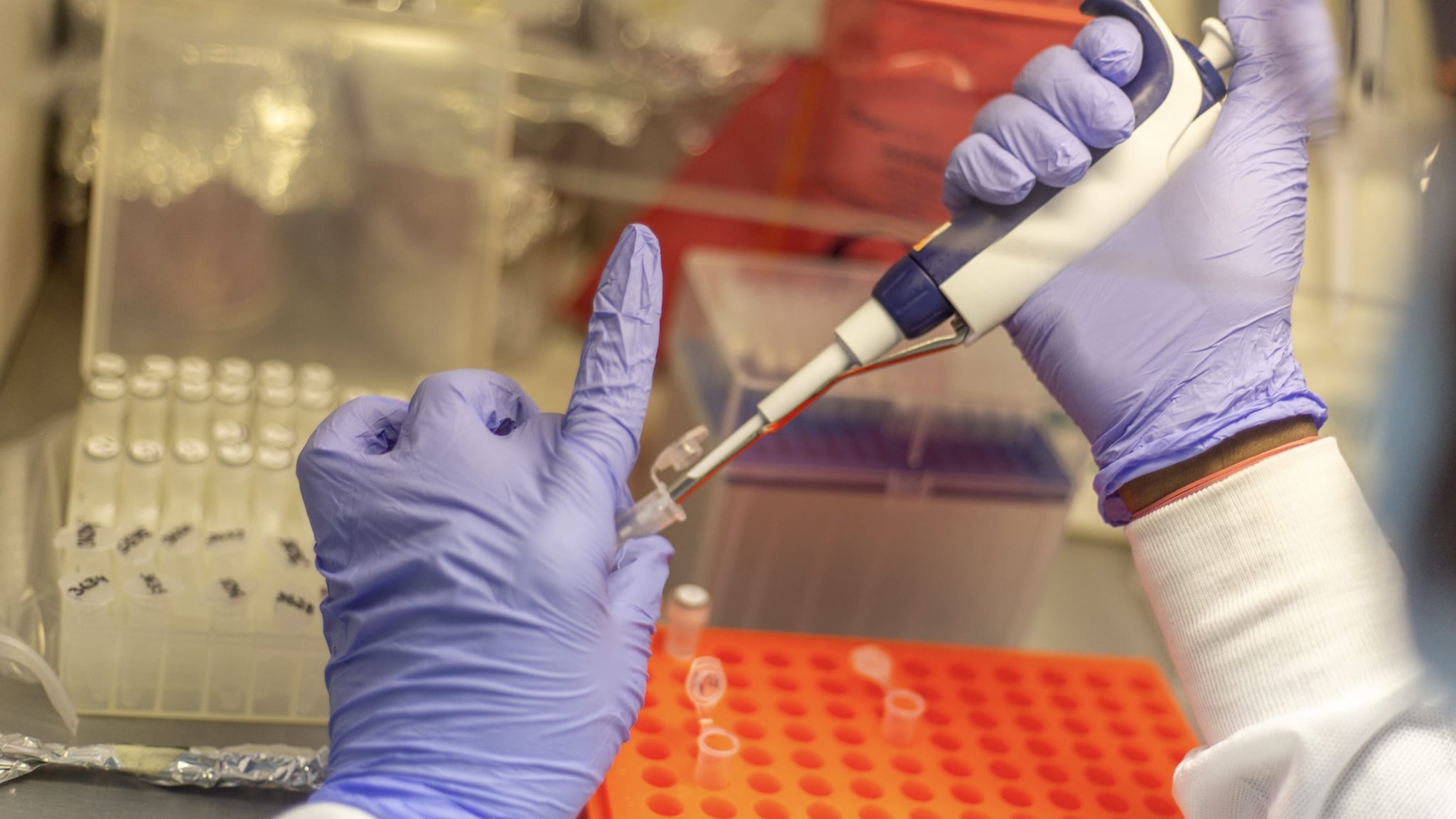Key points
- Diagnosis of cholera is confirmed in the laboratory using culture-based or molecular methods such as PCR.

Laboratory testing

The most common way to confirm a diagnosis of cholera is to isolate Vibrio cholerae from a stool specimen and perform O1 and O139 serotyping. Molecular methods such as Polymerase Chain Reaction (PCR) are gaining popularity as they are more sensitive and accurate compared to culture.
If you suspect cholera, request that your laboratory perform a stool culture on thiosulfate-citrate-bile salts-sucrose (TCBS) agar. TCBS is the preferred selective media for isolation and identification. However, if symptoms are severe, don't wait for a positive culture before starting aggressive treatment.
Cary Blair Transport Medium is the most commonly used method to transport stool samples to the laboratory for testing.
Commercially available rapid diagnostic test (RDT) kits are useful in epidemic settings. However, they don't yield an isolate for antimicrobial susceptibility testing and subtyping. RDTs should not be used for routine diagnosis.
About Vibrio cholerae O1 or O139
Serogroups O1 and O139, types of Vibrio cholerae bacteria, can produce a toxin that causes the disease known as cholera.
Only toxigenic strains of serogroups O1 and O139 cause widespread epidemics and are reportable to the World Health Organization (WHO) as cholera.
Vibrio cholerae O1 has two biotypes, Classical and El Tor. The El Tor biotype has distinct serotypes: Inaba, Ogawa, and rarely Hikojima. The symptoms of infection are indistinguishable. A higher proportion of people infected with the El Tor biotype remain asymptomatic or have only a mild illness.
Infections with the Classical biotype of Vibrio cholerae O1 have become rare and limited to parts of Bangladesh and India.
Many other serogroups of Vibrio cholerae, both those with and without the cholera toxin gene, can cause cholera-like illness. Non-toxigenic strains of the O1 and O139 serogroups also can cause illness resembling cholera, such as Vibrio cholerae O75 and O141 serogroups which have caused diarrheal illness from consumption of seafood or exposure to water in lakes and rivers.
Reporting cases
Cholera is a nationally reportable disease in the United States. All isolates should be sent to CDC through state health department laboratories for cholera toxin testing and subtyping.
